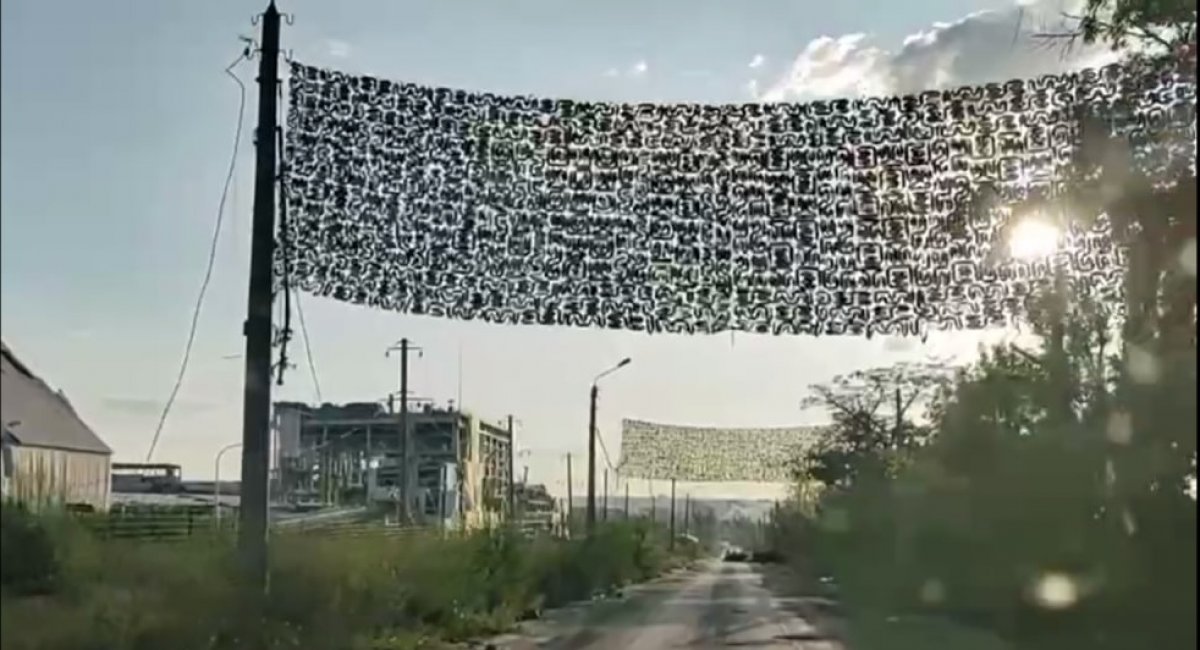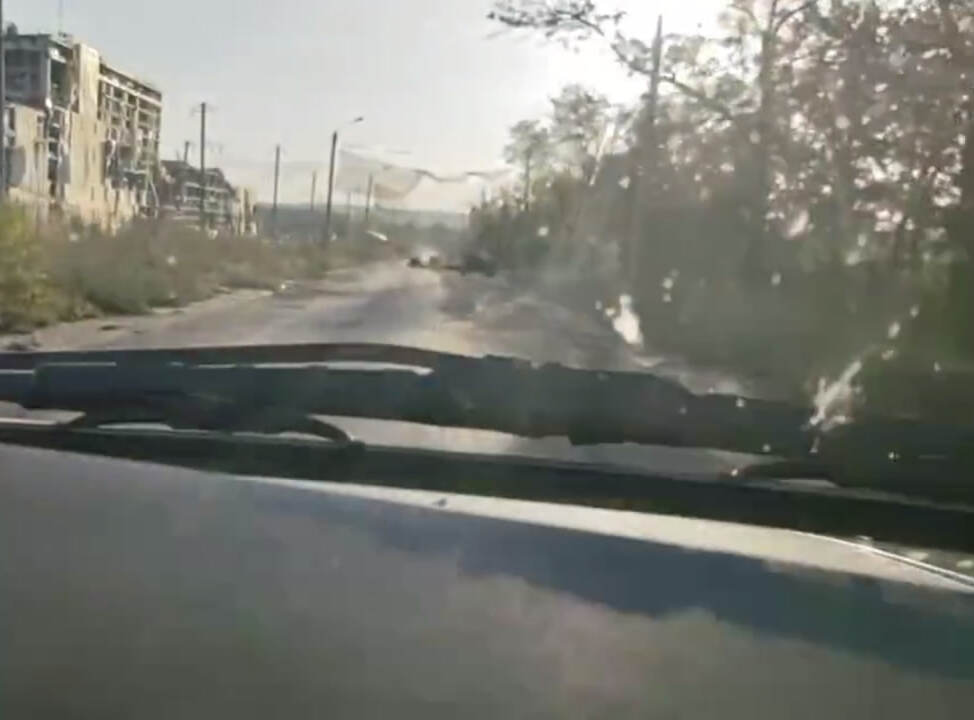
Occupants set up nets against UAVs near Bakhmut (photo)
The enemy has found an archaic, yet effective means of fighting UAVs in urban environments
A video allegedly filmed by Russian invaders near Bakhmut has appeared in the public domain. In this video, we can see that the racists in an urbanized area have stretched quite dense nets between lampposts, which most likely perform an “anti-drone” function, i.e., intercept FPV drones or larger drones.
Some of these networks have already been broken. Therefore, it is quite possible that these interception devices worked as intended by the enemy, i.e., by “catching” one of the UAVs, or it could be a completely different factor that has nothing to do with UAVs.

Defense Express adds that this format of anti-drone defense, which the enemy has tried to build in this area of the front, has both its advantages and disadvantages. Speaking of advantages, this physical obstacle for UAVs can only be detected if it is directly visible. Because unlike electronic warfare equipment, in particular “anti-drone guns,” such an anti-drone net does not emit any radiation.
Among the disadvantages is that such a physical barrier blocks the flight route in only one projection, and in such a way that it reduces the effectiveness of such a means of physical counteraction to UAVs.

The nets stretched over the lampposts look like a “reincarnation” of the World War II barrage balloons, but without the use of balloons.
But it’s also worth recalling that Armenia used a similar thing even in 2020 during the war over Karabakh. Only there did they use steel cables stretched between the crevices of the mountains, which were supposed to prevent airplanes and helicopters from flying over.

